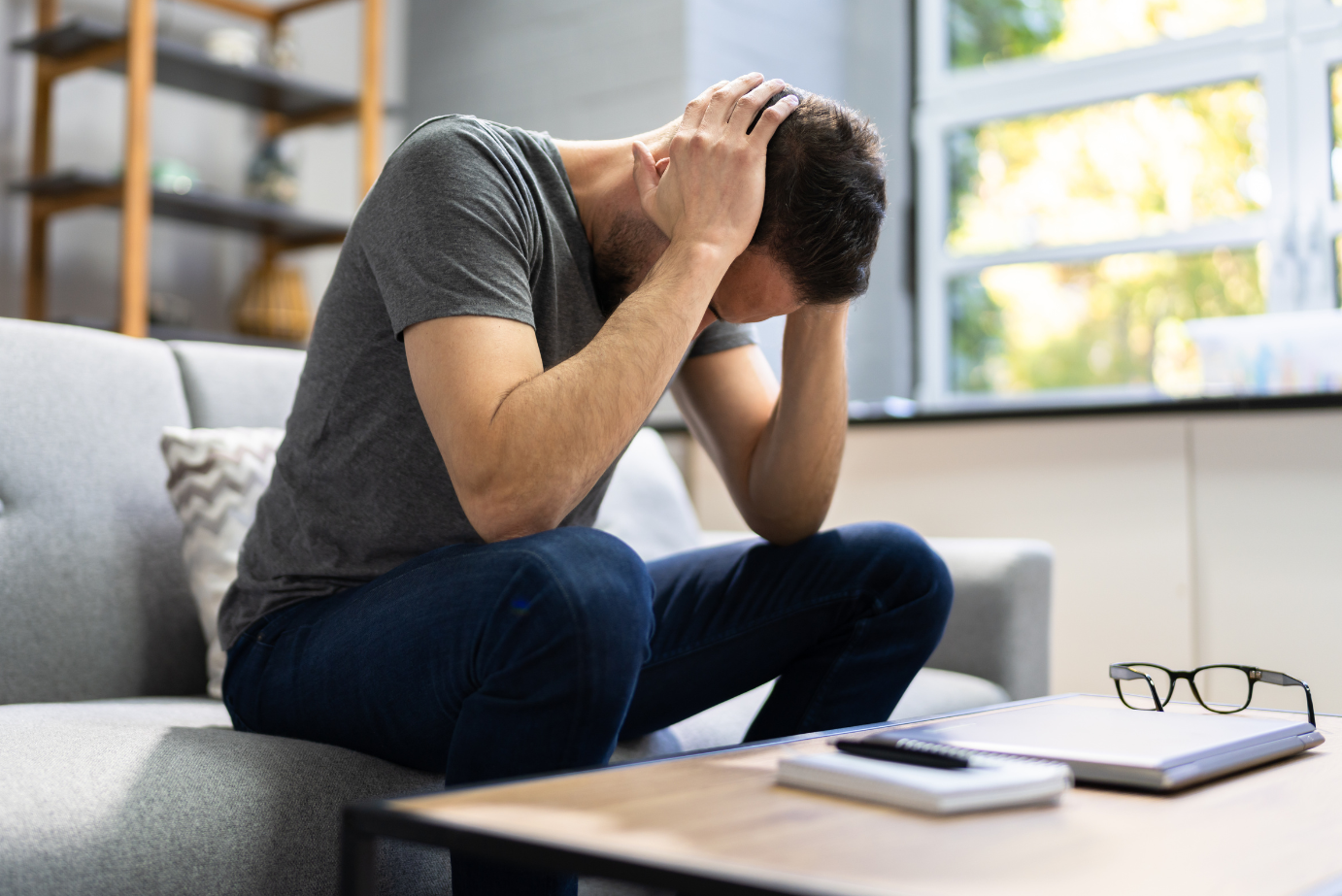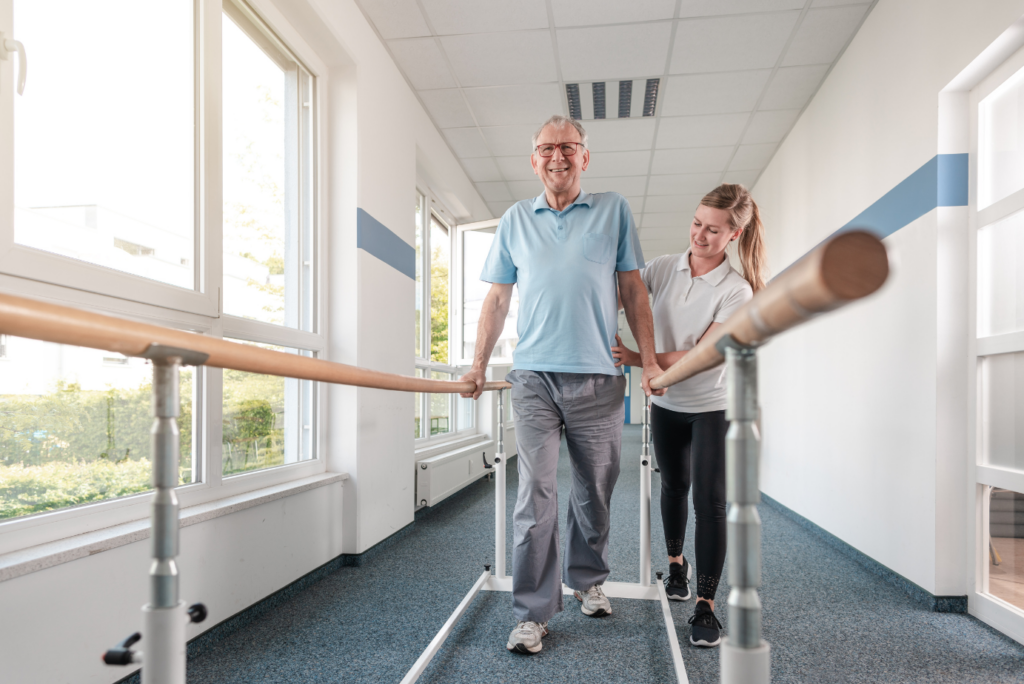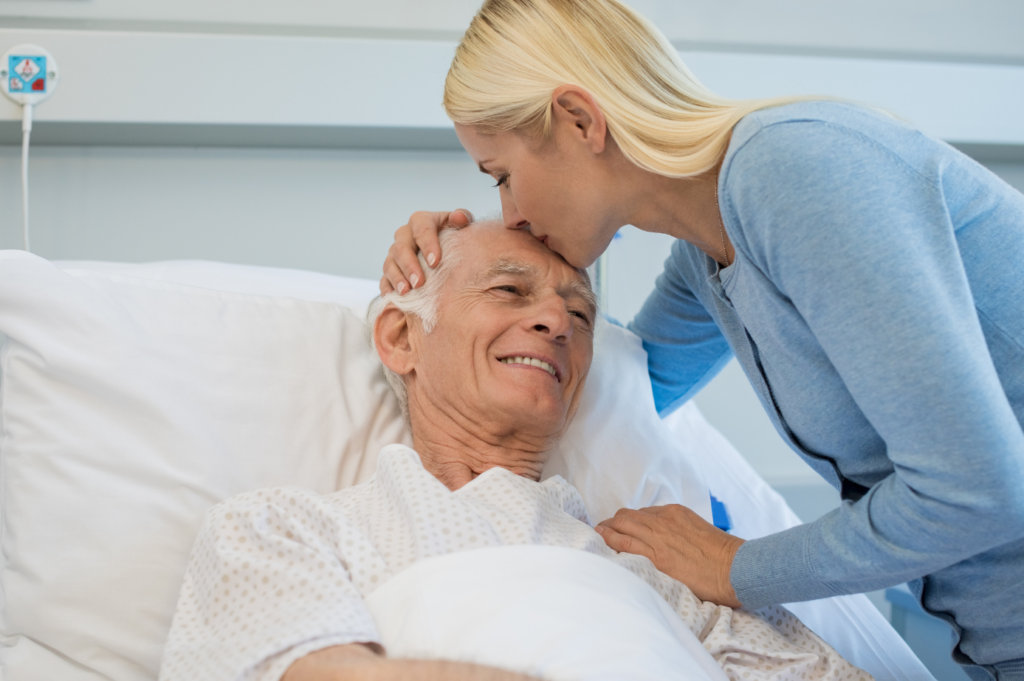What happens in the brain during a stroke?

A stroke has a lasting impact on the lives of those affected and their relatives. The path back to everyday life requires patience and resilience. However, a basic understanding of what happens in the brain during a stroke can help to better manage the process.
Contents:
- Stroke — A circulatory disturbance in the brain
- Ischemic stroke — cerebral infarction
- Hemorrhagic stroke — cerebral hemorrhage
- Symptoms of a stroke
- Stroke symptoms in women
- Diagnosis of a stroke
- Treatment of a stroke — Acute care
- Stroke rehabilitation
- Therapy after a stroke
- Support after a stroke
- Further information
Stroke – a circulatory disorder in the brain
A stroke, also known as an apoplexy, is a circulatory disorder in the brain in which nerve cells die. These „strokes“ occur suddenly and lead to an abrupt loss of brain function. This is noticeable, for example, through visual disturbances or a sudden feeling of weakness, paralysis or numbness on one side of the body. Strokes are divided into two main types based on their cause: ischemic and hemorrhagic.
Ischemic stroke – cerebral infarction
An ischemic stroke, also known as a cerebral infarction, is caused by the blockage of an artery. A blood clot (thrombus) interrupts the blood flow and blocks the artery. As a result, the subsequent brain cells are no longer supplied with sufficient blood and therefore oxygen. Causes can include atrial fibrillation, blood clotting disorders or arteriosclerosis that obstruct the blood flow.
Hemorrhagic stroke – cerebral hemorrhage
A hemorrhagic stroke, also known as a cerebral hemorrhage, is caused by the rupture of an artery. A hemorrhage occurs in the brain. The oxygen supply to the surrounding areas of the brain is impaired because the blood does not reach its destination. This form of stroke can be caused by hardening of the arteries. This causes deposits to form on the inside of the vessel, which reduces the diameter of the artery. The blood can only flow through a constricted area, which obstructs and congests the blood flow. This creates high pressure, which leads to the artery rupturing and bleeding in the brain. This often manifests itself in the form of severe headaches.
Symptoms of a stroke
Like the stroke itself, the symptoms occur suddenly. They can be very varied and differ depending on the area of the brain affected. This is because the different areas of our brain are responsible for different functions. If, for example, the area where our speech center is located is affected, speech disorders can occur. Other common symptoms include muscle weakness, paralysis, loss of sensation, confusion, visual disturbances, dizziness and loss of balance and coordination.
Stroke symptoms in women
Women also experience typical stroke symptoms such as acute speech and vision problems, paralysis and dizziness. In addition, women often report signs that are not immediately associated with a stroke. These include nausea, chest pain and headaches, shortness of breath, difficulty swallowing and hiccups. Especially if several of these symptoms occur at the same time, it is important to check for a possible stroke.
Diagnosis of a stroke
Treatment of a stroke – acute care
Treatment varies depending on the type and extent of the stroke. In the case of an ischemic stroke, the blood clot is dissolved with the help of medication or, if this is not possible, by means of an operation so that the blood can flow again. In the event of a hemorrhagic stroke, it is important to stop the bleeding. In extreme cases, surgery is also necessary to remove the blood clots that have formed as a result of bleeding into the brain.
Stroke rehabilitation
After a stroke, however, not only rapid acute care is crucial, but also long-term follow-up care. Paralysis, speech disorders or cognitive impairments often remain. In order to keep long-term damage to a minimum, rehabilitation measures should ideally be started in the first few days in hospital. After acute treatment, those affected are usually also entitled to follow-up treatment. Depending on the case, this can take place on an outpatient or inpatient basis in a rehabilitation clinic. In any case, time plays a critical role. According to experts, our brain is most capable of learning in the first six months after an injury.
Therapy after a stroke
Support after a stroke
Every stroke is unique
It is important to emphasize that the individual response to stroke rehabilitation can vary. Every stroke patient requires a customized approach to meet his or her specific needs. Integrating technology and social support into the rehabilitation process can help to improve quality of life after a stroke. During this ongoing care phase, regular visits to the doctor and individual adaptation of the rehabilitation plan should be guaranteed.
Further information
If you would like to find out more about strokes, we recommend the following further information:


